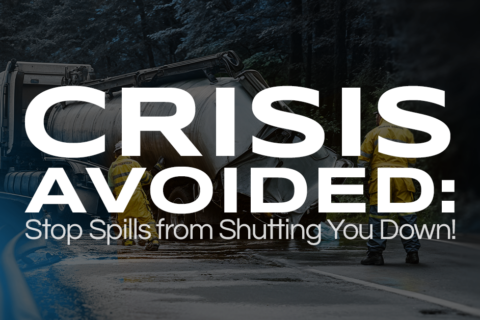Weather Proof: Must-Have Apps for Smart Weather Tracking
🎯 Forecast Focus: Why Your Team Needs Weather Apps When Mother Nature decides to throw a curveball, staying informed isn’t just convenient, it’s critical to keeping your team safe and operations running smoothly. When you woke up to start your day, did you check the weather? Having the right apps on your phone can be the difference between a well-executed workday and a weather-induced headache. But, in todays saturated app stores, it’s hard to know where to turn. Whether you’re managing crews outdoors, coordinating critical deliveries, or just making sure your team stays safe, this guide is ready to introduce the most reliable weather apps out there. From minute-by-minute hyperlocal forecasts that tell you exactly when it’s going to rain to professional-grade storm tracking tools used by meteorologists nationwide, we’ll explore how these apps can help you make smarter, safer decisions for your workforce. Let’s dive into the top weather apps that are changing the game for businesses everywhere. 1. ⏳ Dark Sky – Best Overall for Accuracy 2. 🛰️ NOAA Weather Radar Live – Most Reliable Data 3. 📅 AccuWeather – Best for Long-Term Planning 4. Weather Underground – Best for Weather Enthusiasts 5. The Weather Channel – Most Comprehensive 6. 🌀 RadarScope – The Go-To for Storm Chasers 7. Weather Bug – Best for Lightning Alerts 8. Carrot Weather – Most Entertaining 9. MyRadar – Best Free Radar App 10. Yahoo Weather – Most Visually Appealing 🎯 Weather-Wise and Enterprise-Ready: Your Path Forward As we’ve seen, staying ahead of the weather isn’t just about checking the forecast—it’s about having the right tools to make informed decisions. Each of these apps brings something unique to the table, whether it’s Dark Sky’s hyperlocal precision, RadarScope’s storm-tracking expertise, or Carrot Weather’s entertaining take on forecasts. The best app for your team depends on your specific needs. Are you tracking lightning? WeatherBug’s got you covered. Need long-term forecasts? AccuWeather’s your go-to. Whatever your priorities, these tools can help you stay one step ahead of the elements. Take the time to evaluate your options, and you’ll be ready to face whatever weather comes your way—rain, shine, or anything in between. 🌦️ Ready to shift your career into high gear? Optimum Staffing Solutions offers a world of opportunities designed to match your ambitions. Whether you’re a veteran CDL driver looking for new roads to conquer, an aspiring recruiter, or an industrial professional eager to innovate in manufacturing, we are here to guide your journey. Picture yourself thriving in roles that range from machine operation and production to leadership and administration. Imagine being part of a team where logistics and warehouse experts, including dispatchers, inventory specialists, and operations managers, work seamlessly to create unparalleled efficiency. Your next career move isn’t just a job; it’s a pathway to success. Join us and let’s drive towards a brighter future together! 🔎 For Businesses Seeking Top-Notch Talent: Finding the right talent can be as complex as navigating the busiest intersections, but Optimum Staffing Solutions simplifies the journey. We are your trusted partner in connecting your business with professionals who excel in their fields and are passionate about driving your success. Whether you need skilled CDL drivers to navigate critical routes, machine operators to maintain production flow, payroll administrators to manage financial efficiency, or healthcare professionals to deliver exceptional patient care, we have you covered. Our curated talent pool includes IT specialists to fortify your tech infrastructure, retail managers to transform customer experiences, and construction project managers ensuring quality infrastructure. With tailored solutions that perfectly fit your business needs, explore our comprehensive staffing services today and discover how we can help keep your operations running smoothly and efficiently. If you’re in search of a role, be sure to check out our open positions. Additionally, if you need direct hire staffing solutions for commercial driving or industrial positions, be sure to explore our offerings. We extend our heartfelt thanks to you for engaging with this post. Safe travels and successful ventures to all our readers. Whether you’re hitting the road or mastering the craft on the manufacturing floor, remember, Optimum Staffing Solutions is here to support your journey every mile and milestone of the way. If you made it to this part of the post, we’d just like to take a moment to thank you for taking the time to read this article. Be safe out there and as always, If you’re in search of a role, be sure to check out our open positions. And if you need staffing solutions for commercial driving or industrial positions, be sure to explore our offerings.



Recent Comments